Interview with Dr. Shoaib Khan, academic at the Center for Central Eurasian Studies at the University of Mumbai
Interview with Dr. Shoaib Khan, academic at the Center for Central Eurasian Studies at the University of Mumbai
By Onur Sinan Güzaltan
The question of India’s political direction has long been on the international agenda. Most recently, the cordial appearances of Indian Prime Minister Narendra Modi with his Chinese and Russian counterparts at the Shanghai Cooperation Meeting in China have brought this question to the forefront.
Is India drifting away from the US? Where does India fit into the multipolar process? How does India view developments in West Asia?
I spoke with Dr. Shoaib Khan, an academic at the Center for Central Eurasian Studies at the University of Mumbai, to answer these questions and more.
Khan’s striking answers offer important insights into India’s new direction.
Indian President Modi appeared in cordial images with Chinese President Xi Jinping and Russian President Putin at the SCO Summit in China. What are your assessments of these images and the meeting as a whole?
On the surface, it appears to be an easy exchange between three leaders. But analysts say it reflects a delicate mix of competing rivalries and shifting power dynamics. The border dispute between India and China remains unresolved since the 2020 clashes. Beijing’s close partnership with Pakistan extending beyond economic corridors into military equipment and intelligence cooperation further constrains how far ties can develop. Modi’s talks with Xi were interpreted as a reminder to Washington that India is willing to maintain dialogue with Beijing and Moscow while deepening ties with the U.S. and its allies. But New Delhi’s decision to skip the SCO military parade underscored the limits of any thaw.
India is using this to opportunistically send a signal indirectly to Washington, that it has strategic options, not only in Beijing, but also in Moscow. Modi’s quick exit from the summit, immediately after arriving from Tokyo, also underlined India’s continued engagement with U.S. partners in Asia. The statements released included a number of counter-West elements, with Mr. Xi promoting a “Global Governance Initiative” and Mr. Modi pitching for a “civilisational dialogue” between SCO countries. The SCO declaration criticised “coercive, unilateral” economic measures, believed to be aimed at U.S. tariffs and European sanctions. During a photo-shoot for the SCO meet, Prime Minister Modi was seen leading President Putin down the red carpet to where President Xi was standing. A day before that, Mr. Xi and Mr. Modi held bilateral talks that had been cordial and possibly paved the way for the tri-leader photo.
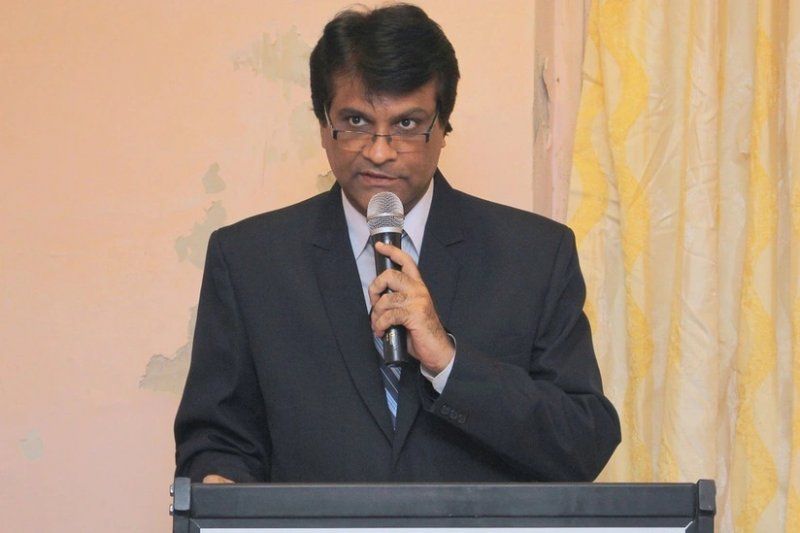
India between the US and Russia
What is your assessment of India’s continued energy cooperation with Russia despite US pressure? What is India’s perspective on Russia and the ongoing war in Ukraine?
India continues to purchase substantial volumes of Russian crude oil despite facing significant economic penalties from the United States. This strategic decision reflects India’s prioritization of energy security and economic pragmatism over alignment with Western sanctions against Russia. The ongoing trade relationship has transformed global energy flows while creating diplomatic tensions with Washington. India’s decision to maintain Russian crude imports stems from compelling financial incentives. Russian oil sells at substantial discounts compared to other sources, creating a powerful economic motivation for India’s refiners.
Despite these punitive measures, India has maintained its position and even resumed Russian oil shipments as price discounts widened again in late 2025. This demonstrates India’s commitment to energy independence and economic self-interest despite external pressure. This stance reflects India’s broader commitment to strategic autonomy in its foreign policy and energy strategy. While simultaneously pursuing ambitious clean energy development, India recognizes that fossil fuels particularly affordable imported oil remains essential to its economic growth in the near term.
The situation highlights the limits of economic sanctions in a multipolar world where major economies can pursue independent policies despite pressure from traditional powers. As global energy markets continue evolving, India’s approach demonstrates how economic pragmatism can prevail over geopolitical considerations when fundamental national interests are at stake.
Since the start of Russia-Ukraine war, India is trying to sit in two chairs at once in its foreign diplomacy. While having a strategic partnership with both the US and Russia, India is avoiding any public condemnation of Russia despite the pressure of the West. India’s formula of the cessation of violence which has been highlighted since the beginning of the war allows balancing India’s position while at the same time benefiting from the effects of war sanctions. India tries to avoid any irritations of the Western coalition while balancing its cooperation with its strategic partners. India’s balancing strategy however does not prevent benefiting from sanctions on Russia. Specifically, India extracted a good discount on Russian oil exports thanks to sanctions.
India’s response to the Russian – Ukraine war has been distinctive among the major democracies and among U.S. strategic partners. Despite its discomfort with the war, New Delhi has adopted a studied public neutrality toward Russia. It has abstained from successive votes in the UN Security Council, General Assembly, and Human Rights Council that condemned Russian aggression in Ukraine and thus far has refused to openly call out Russia as the instigator of the crisis. For many in the United States, including in President Joe Biden’s administration, India’s neutrality has been disappointing to the west in particular because it signaled a sharp divergence between Washington and New Delhi on a fundamental issue of global order.
The relationship between the Elephant and the Dragon
How do you assess the future of India-China relations? Is it possible for the two major countries to move towards strategic cooperation?
Since a violent border clash in June 2020 across their disputed border, known as the Line of Actual Control (LAC), India and China have sought to stabilise their bilateral relationship. It took them over four years to reach a politically enabled agreement on patrolling arrangements, which has inaugurated a tactical thaw on what has nonetheless continued to be an increasingly militarised LAC, and a reactivation of meaningful diplomatic engagement.
However, as the two countries reach 75 years of diplomatic ties, a structural shift in what has nevertheless continued to be an increasingly competitive relationship is unlikely. Aside from their disputed border, Beijing’s political, economic and defence engagement in South Asia and Indian Ocean island states remains a key security concern for New Delhi. Yet, India cannot afford to forfeit its economic ties with China, if it is to maintain its current high level of economic growth.
The likeliest variable within India and China’s relations is their trade and investment relationship. China was India’s second-largest trading partner in FY2024–25. Yet, out of total bilateral trade worth US$131.84 billion, India’s trade deficit increased to US$99.2bn. This dependency on China looks unlikely to decrease in the short term as India is relying on it to achieve 6.5% economic growth in 2025 and become the world’s third-largest economy by 2027. The stakes of India’s contest on trade and investment with China are further heightened by India’s growing centrality in discussions about the future of global supply chains. Apple’s plans to shift the assembly of all US-sold iPhones to India highlights China’s currently central role in the supply of subcomponents that India may rely on. It will likely be difficult for India to reduce dependency on China for these items.
The India-China meeting on the sidelines of the SCO Summit 2025 marks a turning point in India-China relations. The emphasis on development partnership, strategic autonomy, and multilateral cooperation reflects a mature approach to managing one of the world’s most important bilateral relationships. This requires mutual respect, mutual interest, and mutual sensitivity.
Both nations pursue their developmental goals, the framework established through recent diplomatic engagements offers a pathway for managing differences while maximizing opportunities for cooperation. The success of this approach will have far-reaching implications not only for bilateral relations but also for regional stability and global governance in an increasingly multipolar world.
Background of India-US relations
Can we talk about a drifting apart between India and the US? Is India’s assertion of its will to a multipolar world the primary reason for its deterioration with the US?
In the past 25 years, India and the United States have become closer than ever before, building strong economic and strategic ties. Their partnership has rested on shared values and shared interests: they are the two largest democracies in the world, home to vast multicultural populations, and both have been concerned about the rise of India’s northern neighbor, China. But in the past four months, that carefully cultivated relationship has abruptly gone off the rails. The return of U.S. President Donald Trump to the White House threatens to undo the achievements of a quarter century.
The downturn in India-U.S. relations has upset both the Indian strategic elite and a section of American foreign policy thinkers. They argue that two decades of efforts to improve India-U.S. ties have been undercut by U.S. President Donald Trump with his declaration of economic war on India.
Punitive tariffs have been accompanied by a deluge of insults on India as being a “dead economy.” Trump’s Trade Councillor Peter Navarro alleged that India is playing a “double game,” that the Russia-Ukraine war is “Modi’s war,” that India cheats the U.S. on trade, and so on.
India, for its part, has signaled that it is committed to strategic autonomy, will continue to purchase Russian oil, diversify its trade and security relations with others, and improve relations with China. However, India has also committed itself to continuing negotiations with the U.S. to decrease trade tariffs. It is in this context that the getting together of Russia-India-China needs to be viewed. It would have been logical for Trump to keep the U.S. partnership with India intact. He, however, sees it differently and has managed to alienate India.
India is now looking to diversify its relations, increase trade with Russia and is on a path to reset relations with China. The multipolarity of the international system gave India this leverage. India may possibly reduce some tariffs and give some concessions to the U.S. by buying U.S. weapons or aircraft. But the terms of engagement between the U.S. and India have also seen a reset. Indo-U.S. relations may improve from their current low, but the earlier trust has been lost.
President Trump’s tariff blitzkrieg of imposing duties of up to 50 per cent on Indian goods, has been vaguely justified on the grounds of India’s continued trade with Russia, particularly in oil and defence. However, there is a softening of the US stance on secondary sanctions related to oil imports after the talks at Anchorage. The irony is that the same administration which once hailed India as a counterweight to China now penalises it for pursuing strategic autonomy. The optics of Munir being hosted at the White House and issuing threats from Florida have not gone unnoticed by the strategic community in India, driving home a stark message that we can no longer rely on the US as a consistent strategic partner.
India’s view on Israel and West Asia
What is India’s current state of relations with Israel? What is India’s perspective on the ongoing genocide in Gaza?
India’s stance on Israel and Palestine has shifted dramatically. Once rooted in anti-imperialist solidarity, New Delhi now balances rhetoric with growing military, economic, and ideological ties to Israel. India’s 21st-century foreign policy toward Palestine and Israel has emanated through strategic recalibration. Having historically shown support for the Palestinian cause, India has gradually increased its engagement with Israel, reflecting a pragmatic shift in its priorities. This change offers an insight into India’s balancing act of its moral commitments, strategic imperatives, and regional geopolitics.
In the early 2000s, India reiterated strong moral support for the Palestinian cause while maintaining a low profile and establishing diplomatic relations with Israel. During this period, India followed a “hawkish dove” policy, endorsing its support for a two-state solution at multilateral forums. In this context, India reiterated its support for the International Court of Justice’s 2004 ruling against Israel’s separation wall. Meanwhile, India was discreetly working towards building ties with Israel in areas such as defence and technology. These were in the interest of creating a strong foundation for pragmatic national security and technological changes, marking the start of India’s dual engagement in the region.
During the 2021 Gaza-Israel conflict, India called upon all sides to exercise restraint, neither avoiding criticism nor openly condemning Israel. India, however, continued to support Palestinian statehood in international forums and display its traction with Israel to bolster its defence and technological capabilities. India’s decision to abstain from a ceasefire vote for Gaza is a policy that stand shaped by the pragmatism of its foreign policy, the outlook of the government and evolving geopolitical dynamics in the Global South.
The foreign policy is rooted in strategic autonomy and abstention helps avoid alienating Israel while not outright opposing a ceasefire. It also signals its continued recognition of the Palestinian issue without jeopardising its broader West Asia policy. This abstention reveals India’s navigation of the shifting dynamics of the Global South and also seeks to redefine this leadership by emphasising development, technology and trade over ideology. Finally, amid its strategic internship with the US and the broader Quad alliance, India’s abstention reflects its desire to avoid friction with its Western allies while keeping solidarity with traditional Global South partners.
The India-Middle East-Europe Economic Corridor (IMEC)… Is this project still in effect? How do you assess the role of Israel and the Greek Cypriot Administration in this project?
The war in Gaza and its fallout have stalled plans for the India-Middle East-Europe economic corridor, or IMEC. But this grand US-led connectivity project to link the EU and India via the Gulf can still happen – and it can serve the geopolitical goals of all its participants. With IMEC, the US and the EU aim to draw India closer and counter Chinese influence. The corridor would provide a boost to India’s strategy to escape encirclement by Beijing and become a leader among developing countries. The UAE and Saudi Arabia, meanwhile, embrace IMEC as part of their push to become an economic bridge between East and West. For the corridor to fulfil its potential, the participants will need to coalesce around implementation plans that can reconcile these different goals. They will also need to overcome internal and external obstacles along each leg of the corridor.
These plans may appear futuristic, but the first steps to develop intercontinental green transit corridors linking Asia and Europe are underway. A sense of urgency was also reflected in the announcement in New Delhi that a high-level meeting would be convened within 60 days to commit the participating countries to develop and commit to an action plan with relevant timetables. The political will and resolve of participating countries will be tested as they start coordinating to meet the array of challenges. Each vertical integral to the corridor will pose a distinct and separate set of hurdles. A starting point will be addressing the issues of technology, finance, and commercial viability for the physical infrastructure in terms of railway links, clean hydrogen pipelines, and electricity and data cables. At the same time, problems of soft infrastructure related to harmonising standards for ports, railways, and customs will also need to be addressed. The challenges are real, as are the opportunities that could emerge from a project that is based on trendlines and projections to 2030 and beyond. It takes advantage of a geopolitical and geoeconomics paradigm that did not exist a decade ago.
The IMEC economic corridor is expected to generate significant economic benefits and improve geopolitical ties among the participating countries. For Israel, it represents an important opportunity to position itself as a strategic bridge between Asia and Europe and to exploit the advantages inherent in the project. Israel’s integration into the corridor will allow it to upgrade its transportation and logistics infrastructure, become a major transit hub between Asia and Europe, strengthen ties with the Gulf states, expand its circle of economic partners, and reduce its dependence on limited markets and its status as an island economy and energy island.
Israel is also cooperating with Egypt, Cyprus and Greece on offshore gas reserves. IMEC could become an export corridor for energy from those countries to Europe, which needs to reduce its dependence on Russian gas. This need arose mainly as a result of the war in Ukraine and the disruption of Russian gas transit through Ukrainian territory to Western Europe. The Great Sea Interconnector, which will be based on infrastructure for an undersea power cable to connect Israel with the Greek-Cypriot-European cable, could become an important energy source for Europe.
Asian solution to India-Pakistan conflict
Do you think a solution to the India-Pakistan dispute can be found within the Shanghai Cooperation Organization?
The most recent conflict between Pakistan and India is pushing South Asia toward crisis. But it has also created a pivotal challenge for the Shanghai Cooperation Organization (SCO), which counts both countries among its members. Designed to promote regional stability and mutual trust, the SCO now finds itself under strain from within. The SCO’s inclusion of both India and Pakistan in 2017 was ambitious. It brought together two of Asia’s most intractable rivals into a bloc nominally committed to regional harmony and counterterrorism cooperation. Yet the move was always more aspirational than operational. While membership offered symbolic inclusion and opportunities for engagement, it also embedded a chronic bilateral fault line into the organization’s core.
Tensions flare once again between nuclear-armed neighbors Pakistan and India, the spotlight has turned to the role of multilateral regional forums like the Shanghai Cooperation Organization (SCO) in conflict mediation. The SCO is the only functioning multilateral platform that includes both countries alongside major regional powers like China and Russia. While the South Asian Association for Regional Cooperation (SAARC) remains effectively paralyzed, precisely due to the disagreements between India and Pakistan, analysts and diplomats are assessing whether the SCO can step up as a forum for de-escalation.
The entry of India and Pakistan into the Shanghai Cooperation Organization (SCO) could help them to resolve their bilateral differences though there are apprehensions that their hostility could affect the unity of the organization. The SCO remains one of the few international organizations that can count both India and Pakistan as full members, alongside major powers such as China and Russia. The Pakistan-India crisis is pressure-testing the SCO and, by extension, the credibility of multipolar institutions that claim to offer alternatives to Western-led frameworks.



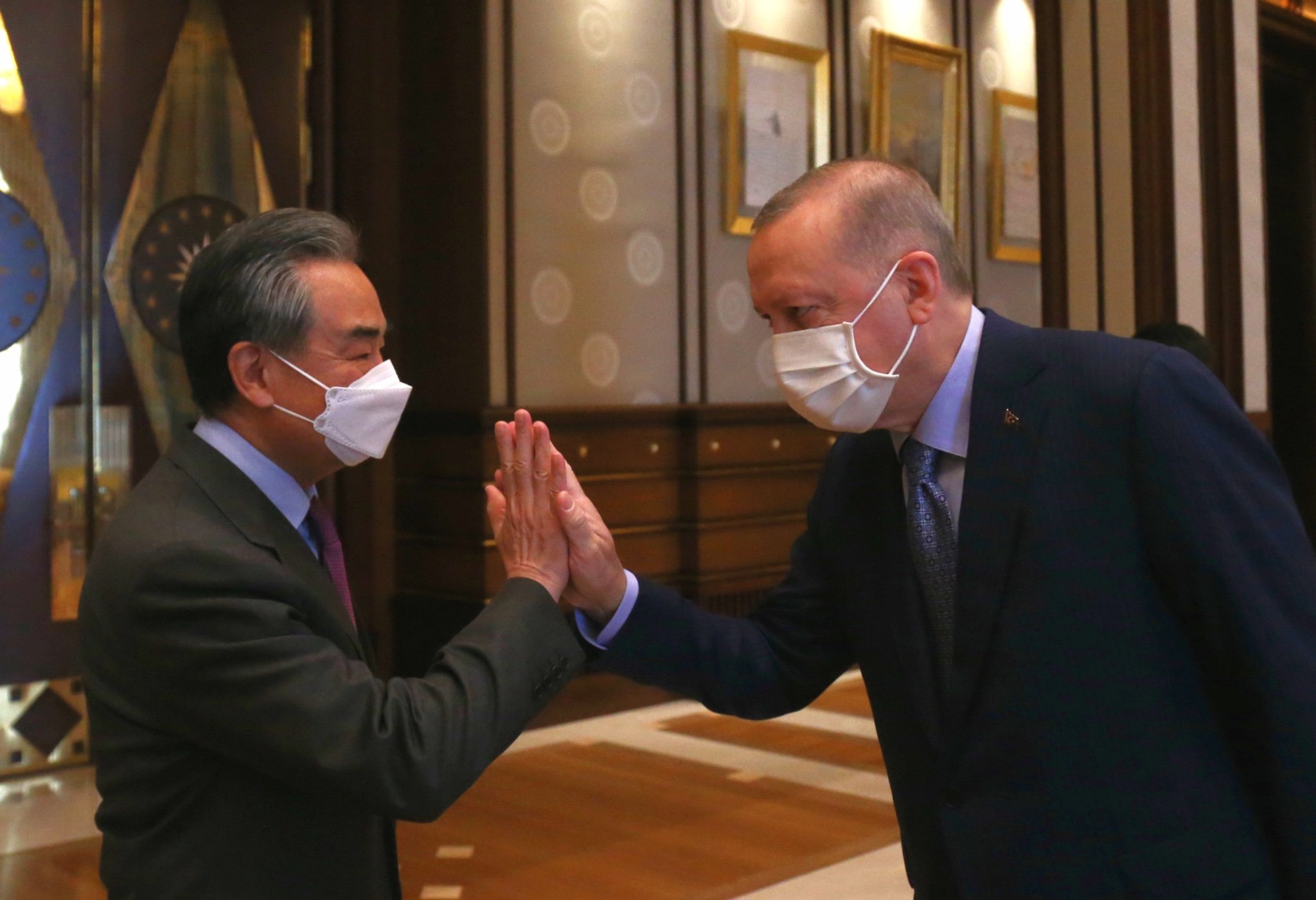
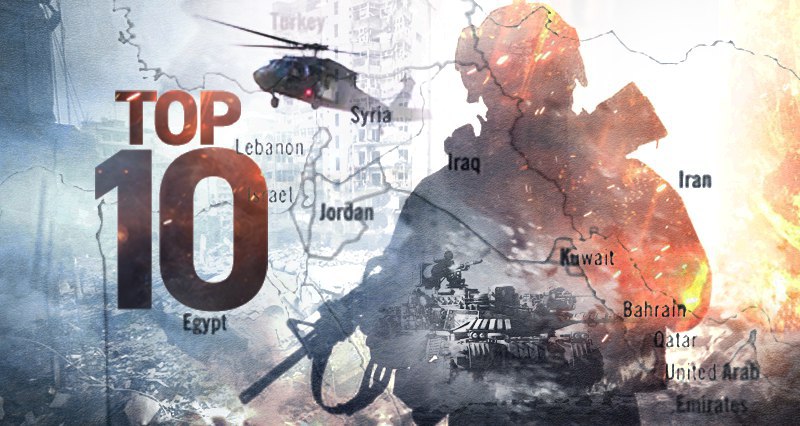
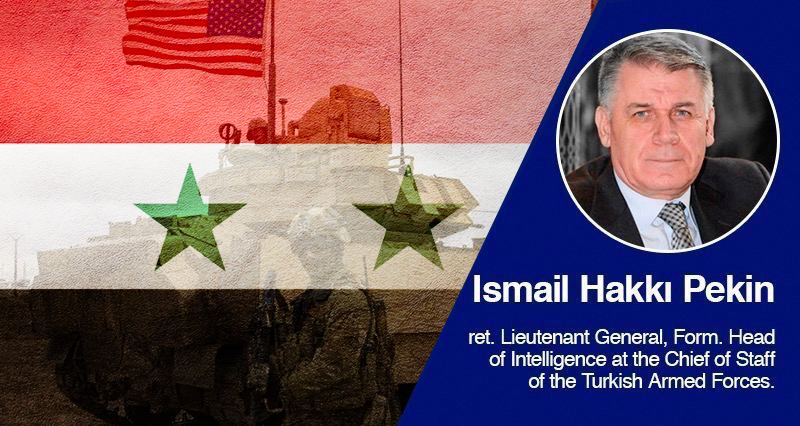

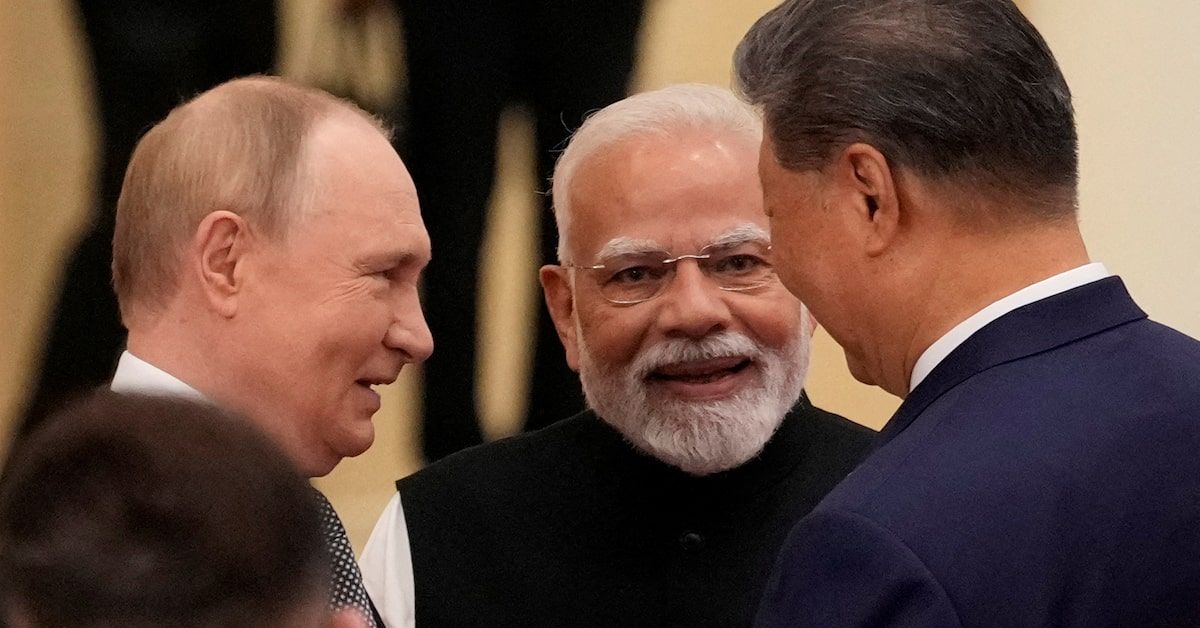




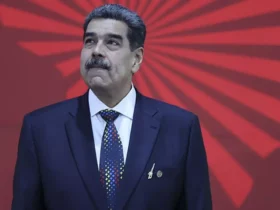

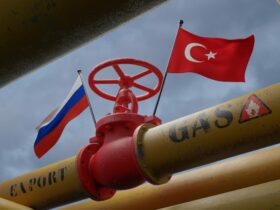
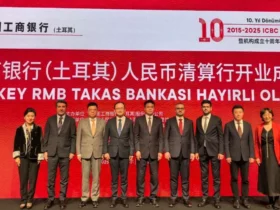
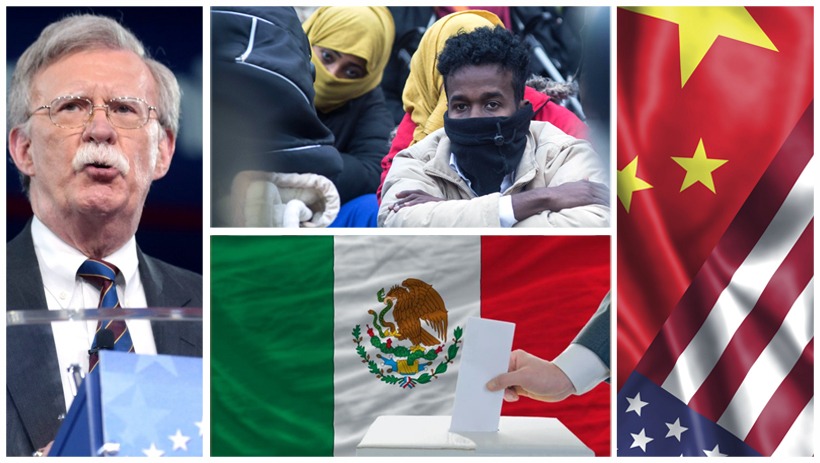
Leave a Reply